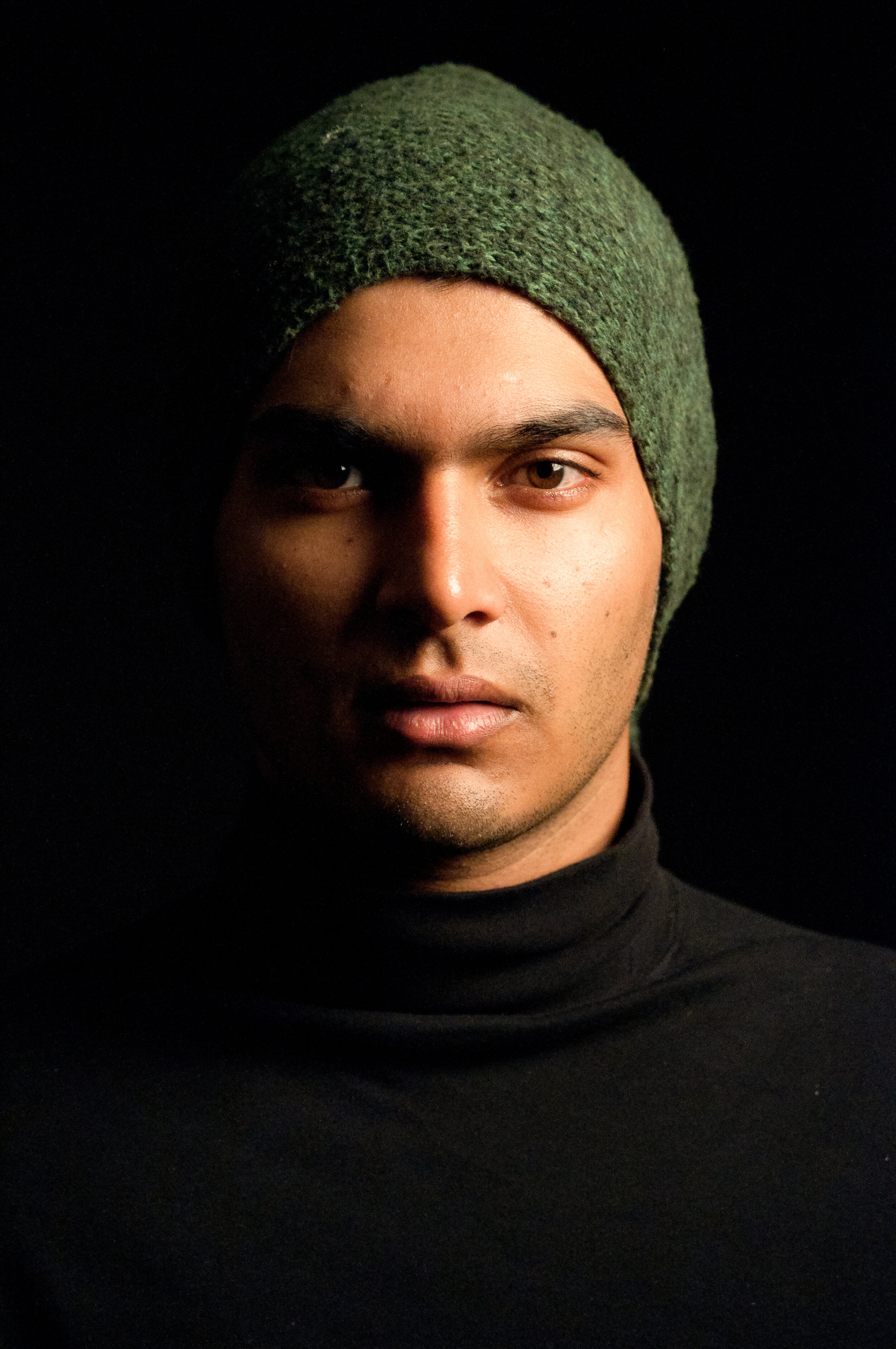“STUDY”

Doted Note 2011

Quarter Half Note 2011

Quarter Half Note 2011

Doted Note 2011

Doted Note 2011

Quarter Half Note 2011

Quarter Half Note 2011

Doted Note 2011
There is a righteous revival of Greek philosophy that is elevated, and challenged by the artist of the Renaissance period of art history. I am moved by the creative power of the artist of the Renaissance; the way Leonardo de Vinci, Titian, Caravaggio, and Durer, etc. commanded the attention of viewers is far-fetched. I am inspired by Leonardo’s elegant hand - the way he rendered hair, flesh tones, and fabric along with Caravaggio’s influence of the tenebrous element, and his exaggerated human forms astounds me. Titian’s influence of the odalisque, eye contact, and his flesh-tones caused me want to study these time periods to understand how these artists successfully sought to infuse inner life in their work by paying careful attention to the design elements. These artists acquired overwhelming amounts of dexterity by rediscovering the design principals of classical antiquity, which included composition, movement, structure, and proportion in their sculptures, paintings, and drawings that defined beauty. Inspired by politics, religion, and academics they became artist in their own right. I was ignorant of the principals of design, so I felt compelled to use them to compose my body of work that shows fluidity and balance. The principals of design allowed me to understand how to communicate my idea by integrating elements of design such as content, form, unity, harmony, symmetry, asymmetry, colour, etc. to create a cohesive body of work. I thought it would be a good way to make an entrance into graduate school with my studio portfolio using a different medium interpreting the eras of Greek and Renaissance periods in the history of art. In addition to this, I designed my ideas for the people I decided to shoot for this portfolio with sketches unless I was certain of how I wanted to photograph them. I also studied my camera’s manual to learn how to operate it properly. The visual diction of my body of photographs exemplifies a conflict of an emotion; it depicts a dark, timid, mystical, immature, and haphazard in the view of it’s aesthetic appeal influenced by the merge a Greek and Renaissance philosophies of art principals. Yet, it is controlled, over sensitive, zealous, polished, and decadent, which alludes to an aspect of my character of being vulnerable. However, I do not feel as if I am open to be morally attacked, but, perhaps, I am open to become sophisticated in the manner of learning of the academia world of art. Greek history tells us that beauty is based on proportion; I agree with this statement to a certain extent. However, I do not believe beauty is dictated by proportion alone; nevertheless, it is noticeable. I have always had an affinity toward the different types of beauty of people, and I thought it would be necessary to showcase my form of the principals of design using people as objects who created organic shapes with their bodies. The physical manipulations of the figures in the studio are studies of autonomy; the figures’ identities are ambiguous, yet accepted by people challenging their perception of the design elements. Still, they recognize a person, and relate to them by basic observation. The darkness of my photographs symbolizes naivety; soundlessness I possessed because of my lack of knowledge that implicated a dismal type of understanding from my past of being an art student. Eye contact symbolizes a basic recognition of enlightenment, and an element of hope. The lack of eye contact symbolizes my doubt and my ignorance. The clothes in my photographs also serve as a covering for skin hiding the way others perceive my work. My titles, titled after music notes from a basic piano song Rain, completes my portfolio and I chose to do this because I thought the music notes would tie all my photographs together by the harmony of the song.